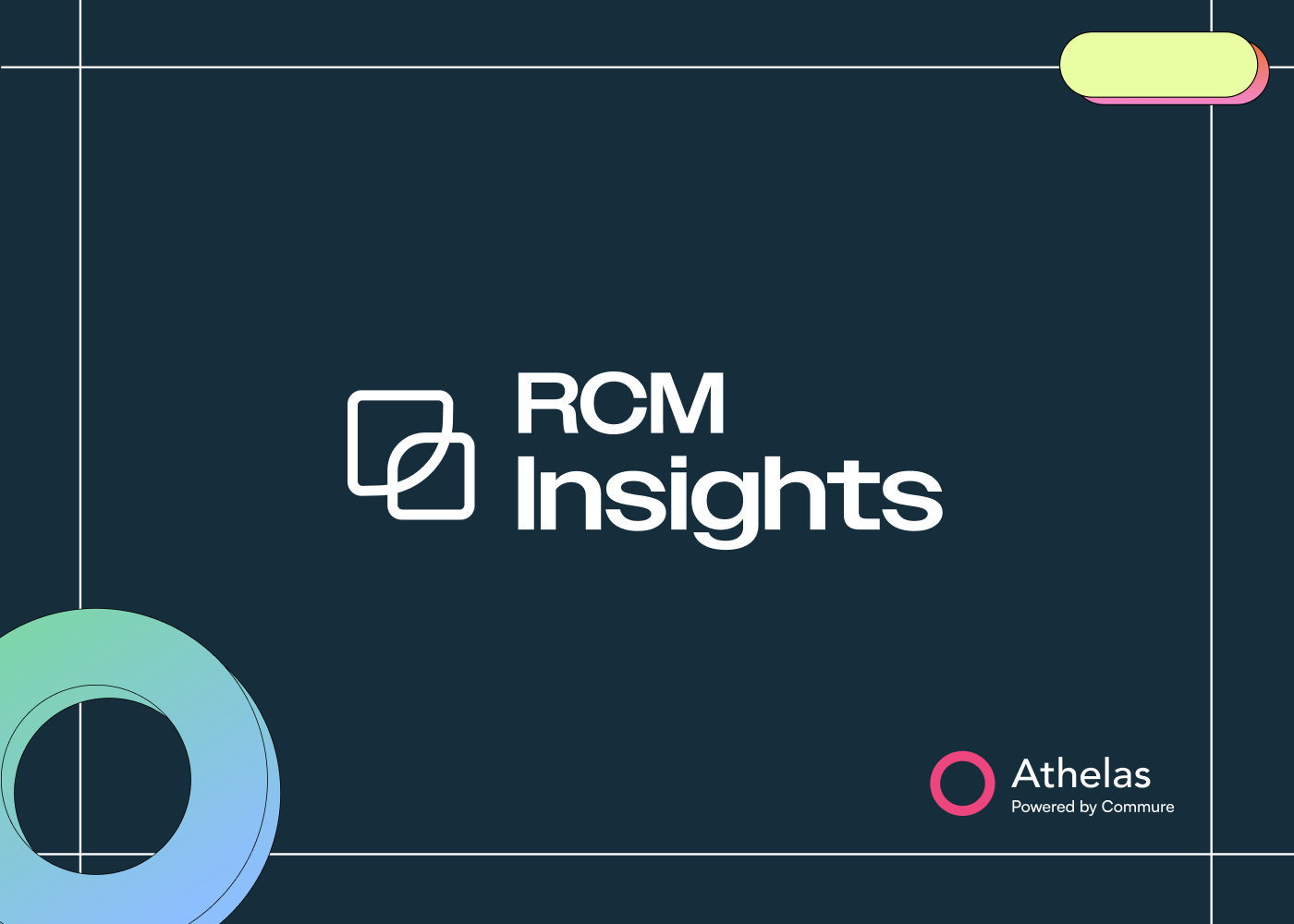Ambient AI scribes work quietly in the background, capturing patient-provider talks via voice tech and turning them into structured notes that align with your style. Unlike older dictation tools, they use advanced language models to handle context, pulling in details like symptoms or plans without you lifting a finger. They cut charting time by up to 18 minutes per visit and reduce burnout by easing admin loads. For EHR integration, most modern ones use APIs and FHIR/HL7 standards to sync data smoothly, avoiding clunky manual entries.
If your practice uses systems like Epic, Cerner, or Athenahealth, check compatibility early—many scribes now offer plug-and-play options that don't require big overhauls. This keeps your workflows intact while adding smarts like auto-coding or compliance checks.
Step-by-Step Guide to Integration Without Disruption
Getting started doesn't have to flip your practice upside down. Here's a straightforward plan based on 2025 implementation best practices:
- Set Clear Goals and Assess Your Needs: Start by pinpointing pain points—like excessive after-hours charting or error-prone notes. Survey your team on current EHR use and decide on must-haves, such as real-time editing or specialty templates. This keeps the focus narrow to avoid overwhelming changes.
- Choose the Right Vendor and Test Compatibility: Look for scribes with proven EHR integrations. Athelas Ambient AI, for example, offers seamless syncing with major systems, including pre-visit prep and post-visit follow-ups that fit right into your flow. Do a desktop review of options, then interview vendors about setup time—aim for those promising under a week for initial rollout.
- Pilot in Phases for Minimal Impact: Roll out to a small group first, like one department or a few providers. Train via short sessions (15-30 minutes) and run parallel with your old process for a week to catch glitches. Monitor metrics like note accuracy (target 95%+) and time saved without altering schedules.
- Train and Optimize for Your Team: Use vendor support for customized setups, like tailoring notes to your EHR fields. Encourage feedback loops to tweak things, ensuring the scribe learns your preferences over time. This way, it enhances rather than interrupts your day.
- Monitor, Scale, and Stay Compliant: After go-live, track usage with built-in analytics—look for drops in burnout scores or boosts in patient throughput. Keep up with HIPAA and data security, as top scribes handle this automatically. Scale practice-wide once it's smooth, typically in 4-6 weeks.
Common Challenges and How to Sidestep Them
Integration snags like data mismatches or learning curves can pop up, but they're avoidable. Opt for scribes with EHR-specific APIs to prevent sync issues, and start with low-stakes visits to build confidence. Payers are increasingly using AI for denials, so ensure your scribe's notes are detailed and compliant to fight back effectively. Real users report saving 2 hours daily per provider, freeing time for better patient care.
Why It's Worth It for Your Practice in 2025
Ambient AI scribes aren't just trendy—they deliver real ROI by cutting admin time 20-40% and improving note quality, leading to fewer errors and happier teams. At Athelas, our Ambient AI integrates effortlessly with your EHR, handling everything from note gen to RCM automation, so you focus on patients, not paperwork.
Ready to streamline your workflows? Reach out to us at Athelas for a demo.
How do you bill medicaid? Improve retention without hiring?
Get ahead of 2025 CMS changes?
Schedule a demo with Athelas today to find out.



